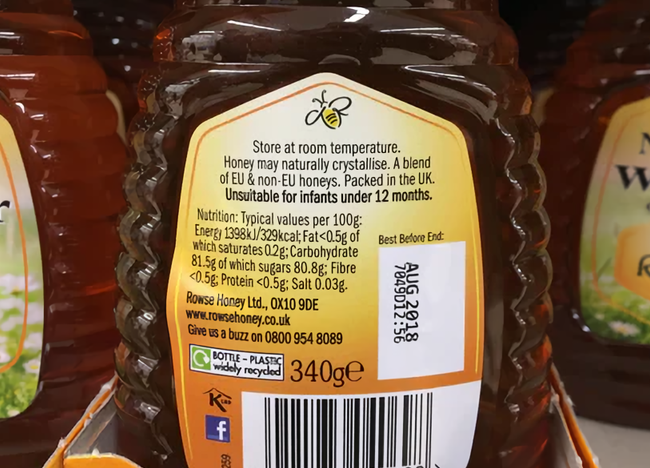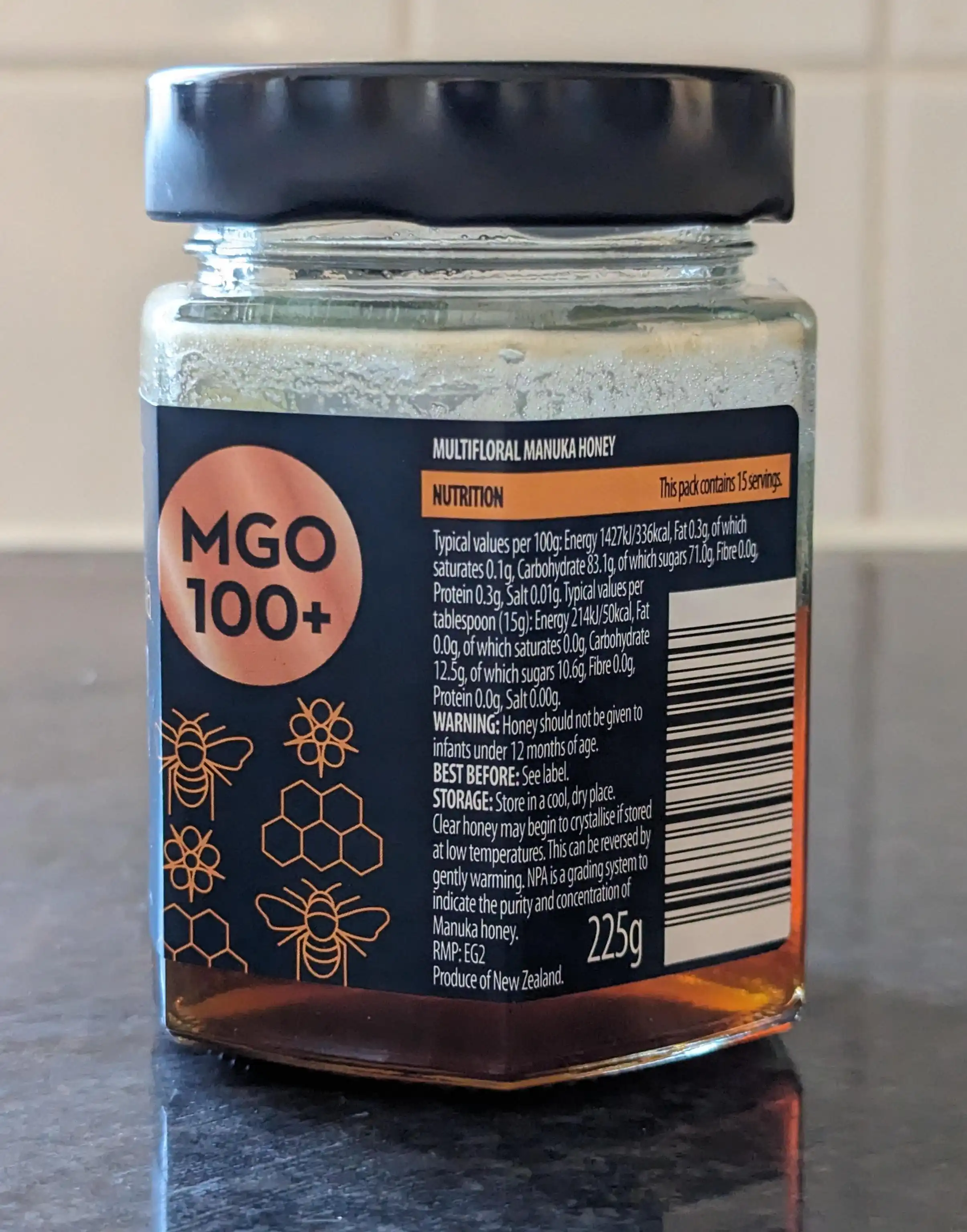

Back in my childhood, around when I was 10, I had the pleasure of tasting the absolute deliciousness of honey for the first time. At the time, I thought to myself - and I paraphrase: "I say! To think such a sweet and syrup-like delicacy created by bees would pleasure my taste buds like this!"
And then I was ill. Not a day later.
It was pretty bad, actually. I was effectively bedridden, not dissimilar to a severe cold, I suppose. But it was strange how this happened right after I tried a new food - honey, for the first time. I never had honey since.
I was made aware of the fact that honey can cause adverse reactions in people. But I did think it was strange that this was the first time I ever had an adverse reaction to any food at all, and at 10 years of age - well after the 1 year recommendation as specified by honey containers. I've spent most of my life as a healthy individual with little to no issues. I could eat anything. So what was happening exactly? Was it the honey, or was it me?
On a fluke, I stumbled upon some very interesting information:
According to this article, a recent investigation conducted by the European Commission revealed widespread adulteration of honey with cheap sugar syrup, with 46% of tested products suspected of being fraudulent.
China, a major honey supplier to the UK, has a reputation for adulterating honey with mere sugar syrup. Lack of mandatory "country of origin" labeling for blended products has created ambiguity in the source of many honeys here. It seems that legitimate beekeepers are also suffering as a result of this unfair competition. Fake honey is cheaper to manufacture, so companies can sell it for less.
It seems that the real difficulty here is actually being able to spot the difference. If one didn't know any better, they would think all honey is the same (which incidentally is not the case even with real honey). These manufactured syrups are made to look, feel and taste as similar to honey as possible.
Okay, so fake honey exists. What's the easiest way to identify them? Check the country of origin. In the UK, at least, we can observe quite a few things.
Let's look at an example:

This product reads: "A blend of EU and non-EU honeys."
What does that even mean? I wish I knew, but I don't. But what I can say is that it's probably not honey at all.
Non-EU origin basically translates to China. They are the biggest manufacturer of so-called "honey" that's cheap, and is a major supplier to the UK.
As for EU origin... well, your guess is as good as mine. But this does tell us for a fact that they're mixing honeys of different origin and - by extension, varying quality. In my experience, honey blends like this also have an incredibly consistent taste and texture, and have never crystallised - a key quality of legitimate honey. Overall, the authenticity of this honey is incredibly suspicious, and when I see these kinds of red flags, I can only assume it is not what it claims to be.
Let's look at another:

This product reads: "Produce of New Zealand."
Okay, we actually have something to work with; a defined location. This alone is pretty strong evidence that the honey is legitimate, simply because it tells us exactly where it's from. If a brand of honey is legitimate, why would the company want to hide its origin?
There are other telltale signs of legitimacy, such as the fact this jar states it's Manuka honey.
This tells us the nectar of the honey was collected from the Leptospermum Scoparium (Manuka) plant.
We can also expect the taste of the honey to be distinct from other honeys that don't use the same nectar as this (so anything else that's not labelled as Manuka honey).
Lastly, there is evidence of crystallisation seen near the top of the container.
I was able to get all this information just by looking at the jar. No need to look up anything. Transparency like this helps to instil confidence in the buyer that they are getting exactly what they paid for.
So what does this have to do with my story? Well, not long ago, I actually decided to try honey again. This time with a brand of honey I was confident was legitimate. And, perhaps unsurprisingly, I ate the whole jar with no issues. No adverse reactions of any kind. Only the sweet, satisfying taste of honey.
I am speculating at this point, but the cause of my illness may have had nothing to do with honey at all. But rather I was reacting to the manufactured sugar syrup presented as honey.
Generally, you need to mix artificial additives, sweeteners and flavourings to replicate the taste and texture of a real food. I suspect at least some of these undisclosed ingredients - possibly even things unintended, caused a bad reaction in my body. Remember, we're talking about a blend of honeys. The vagueness is pretty evident. There very well may be legitimate honey included to create plausible deniability, and just as much... whatever, inside to keep the costs low. And us consumers would be none the wiser.
See Also:
Evidently, my adverse reaction seems to be an exception. Otherwise, cheap honey would not be nearly as popular as it is in the UK. But even if that's the case, I believe it's in all our interests to understand that what is presented to us may not be real. There is a reason why prices across honey types wildly vary, from as little as £2, to £60+ for a jar of the same quantity.